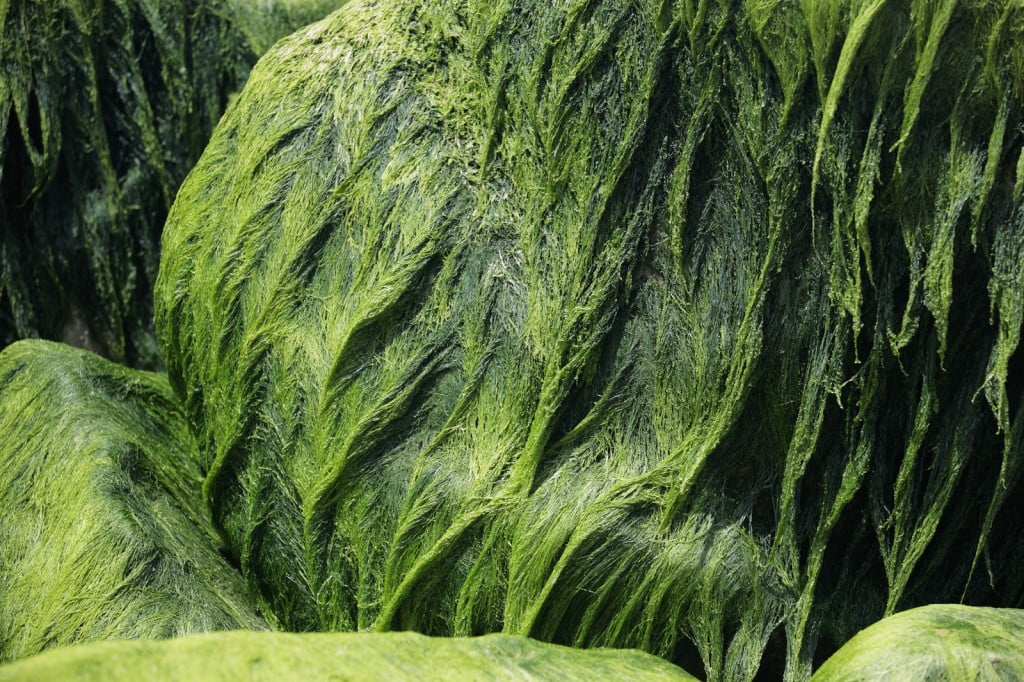Internal incisions are tricky. Unlike exterior cuts, internal ones are constantly surrounded by fluids, a fact that renders many adhesives useless. When Professor Havazelet Bianco-Peled looked for a solution to this problem, she thought it might come from a place that’s always wet – under the sea – and she was right.
Since the early 2000s, Bianco-Peled has been researching the adhesion mechanism of algae to rocks underwater, and her research has proven fruitful. After unveiling the chemical composition of the algae adhesive, Bianco-Peled proceeded to create a synthetic adhesive that imitates the binding mechanism and chemical composition of algae.
Under the sea-lant
Sealantis, a private start-up from the Technion, Israel’s Institute of Technology, established by Bianco-Peled in 2007, announced in early October that they received the CE mark for Seal-V, their vascular surgery sealant. Sealantis develops seamless incision technology that mechanically seals areas of potential leakage after surgery, without the need for sutures, which are not always effective sealants.
The algae-mimetic technology allows Seal-V to retain its sealant capacity even on wet surfaces. “Sealing surgical incisions requires sticking to wet or moist surfaces, which is a challenge that most known adhesives can’t usually meet,” explains Bianco-Peled.
As simple as one-two
 Seal-V technology is based on the dual components of an Alginate Pre-Gel, a solution developed from the cell walls of brown algae, and a Curing Mesh, which acts to harden the pre-gel solution, creating effective binding of the open area. The application process requires the surgeon to first cover the wounded area with the pre-gel, and only then apply the curing mesh using an applicator. The pre-gel solution hardens within the space of a minute.
Seal-V technology is based on the dual components of an Alginate Pre-Gel, a solution developed from the cell walls of brown algae, and a Curing Mesh, which acts to harden the pre-gel solution, creating effective binding of the open area. The application process requires the surgeon to first cover the wounded area with the pre-gel, and only then apply the curing mesh using an applicator. The pre-gel solution hardens within the space of a minute.
This two-staged approach allows the surgeon to ensure that the binding solution is in the desired position before it hardens, thus avoiding surgical complications. Moreover, the gel is dyed blue for visualization to guarantee the wound is entirely covered.
Sign up for our free weekly newsletter
SubscribeUnlike hemostats, which are normally used for sealing incisions and require blood clotting for the sealing process, Seal-V is an effective adhesive regardless of the presence of blood. Seal-V is also biorestorbable, meaning that it will be automatically absorbed by the body after the wound is healed.
Shooting for FDA approval
Tomer Fuchs, Sealantis CEO, has said about the recent CE marking: “We are excited to be able to introduce Seal-V to the European market and to provide surgeons with a new and better option for controlling bleeding from suture-lines.”
In addition to Seal-V, Sealantis has developed a range of technologies. Among them is Seal-G, a gastro-intestinal sealant designed to reduce or prevent leakage of intestinal content following gastric or intestinal surgery.
Dr. Zeev Gilkis, Sealantis Chairman said: “Sealantis has been working closely with surgeons to leverage the extraordinary capabilities of its alga-mimetic technology and design products that will be strongly positioned in the multibillion dollars market of wound closure.”
Sealantis Ltd. is currently planning its next regulatory steps toward a PMA study and FDA approval of Seal-V and is working on strategic partnerships towards the coming market launch. Sealantis is currently funded by the Alfred Mann Institute at the Technion.
Photo: Algae On Stones by Bigstock
Related posts

Israeli Medical Technologies That Could Change The World

Harnessing Our Own Bodies For Side Effect-Free Weight Loss

Missing Protein Could Unlock Treatment For Aggressive Lung Cancer




Facebook comments